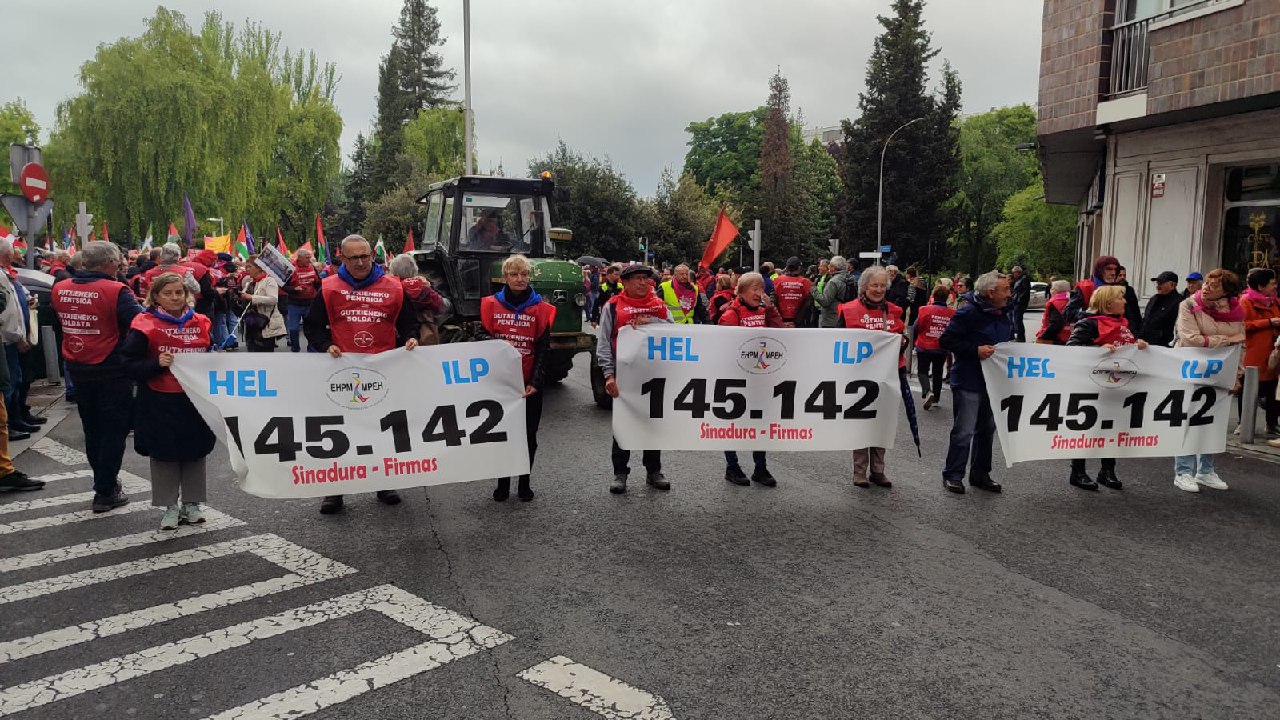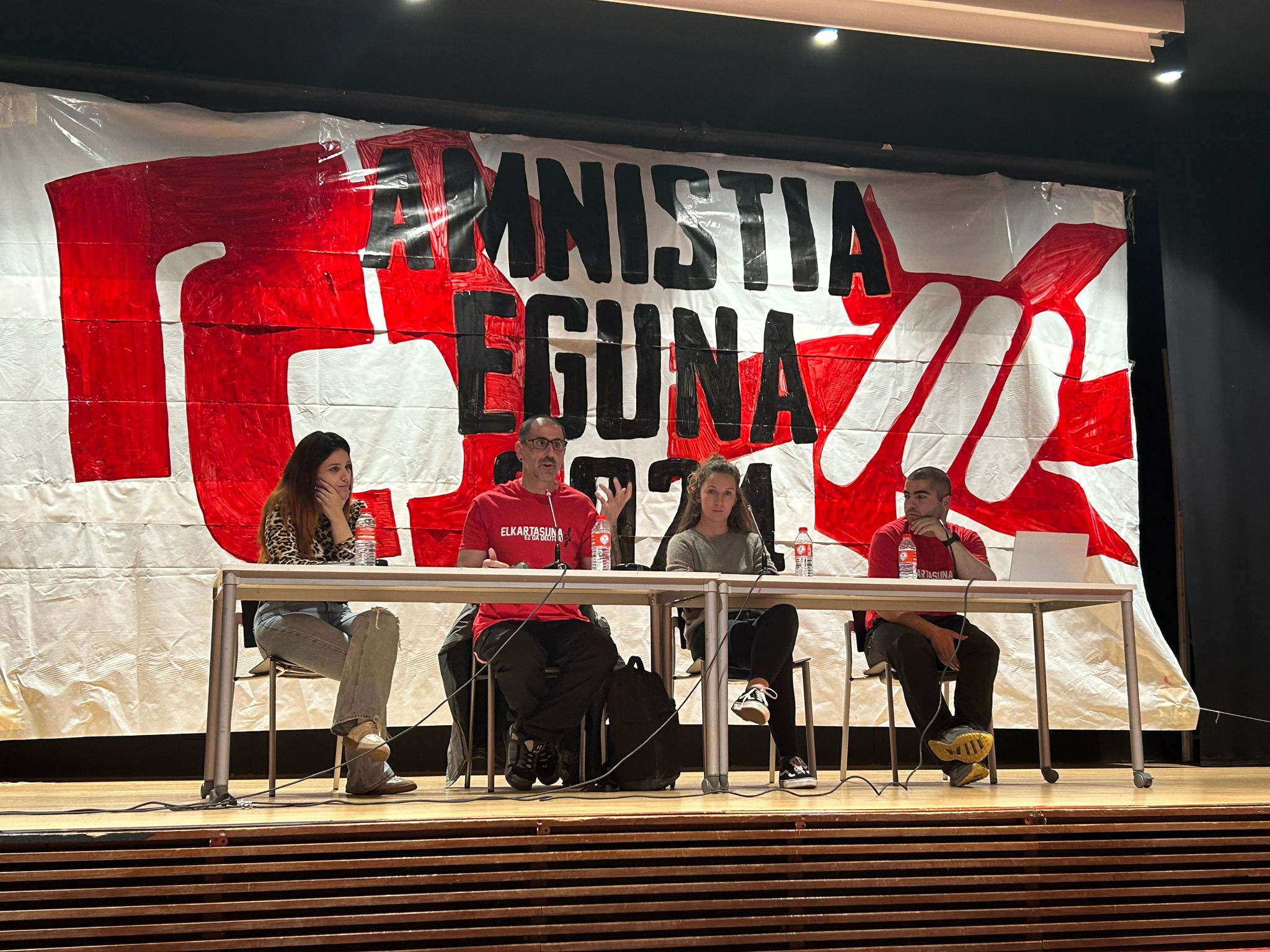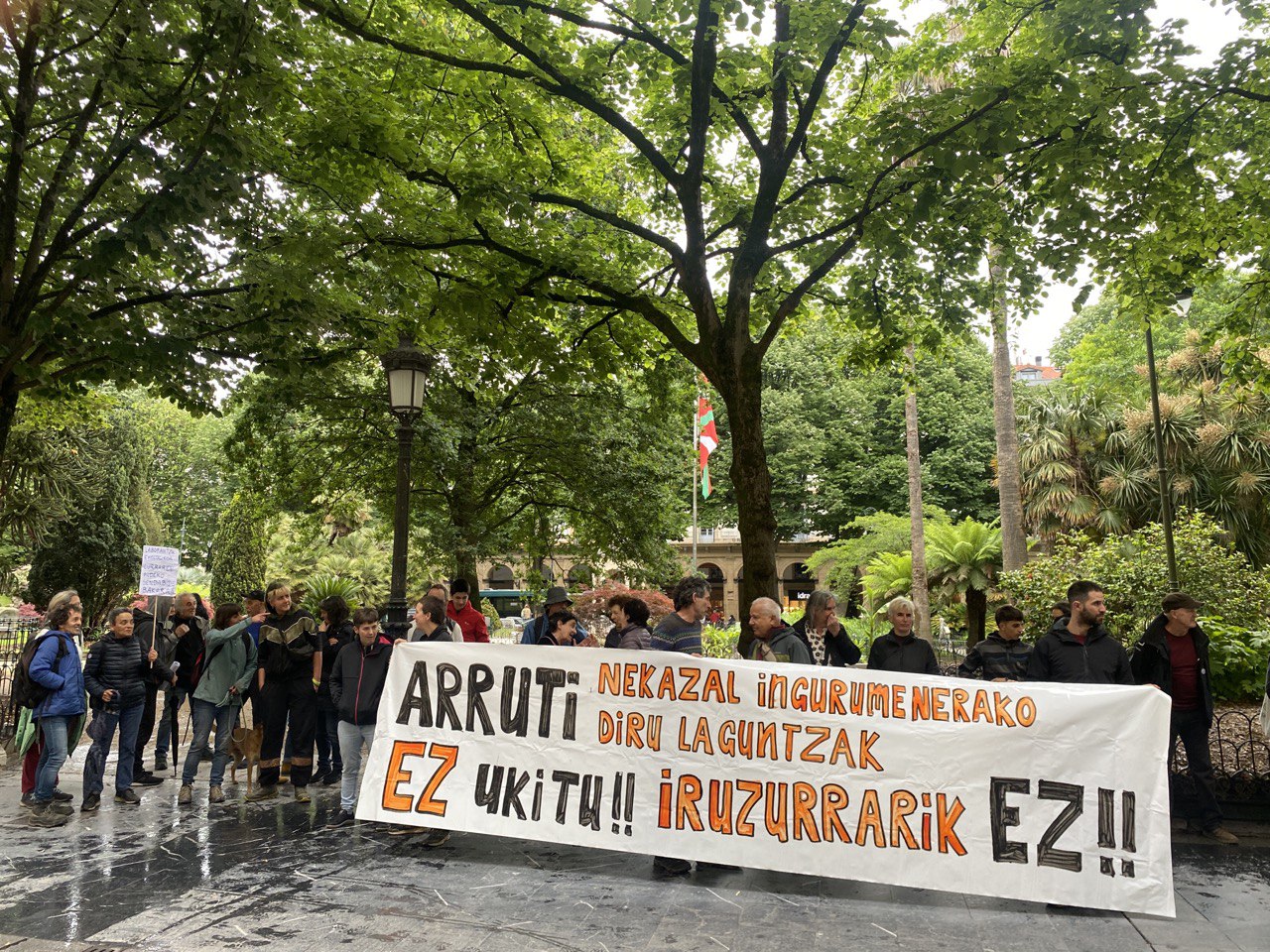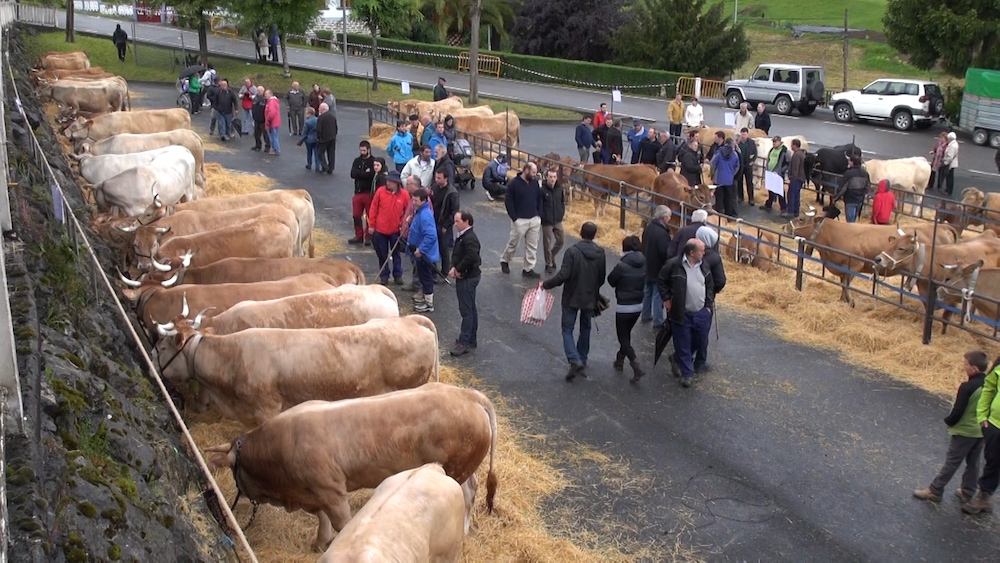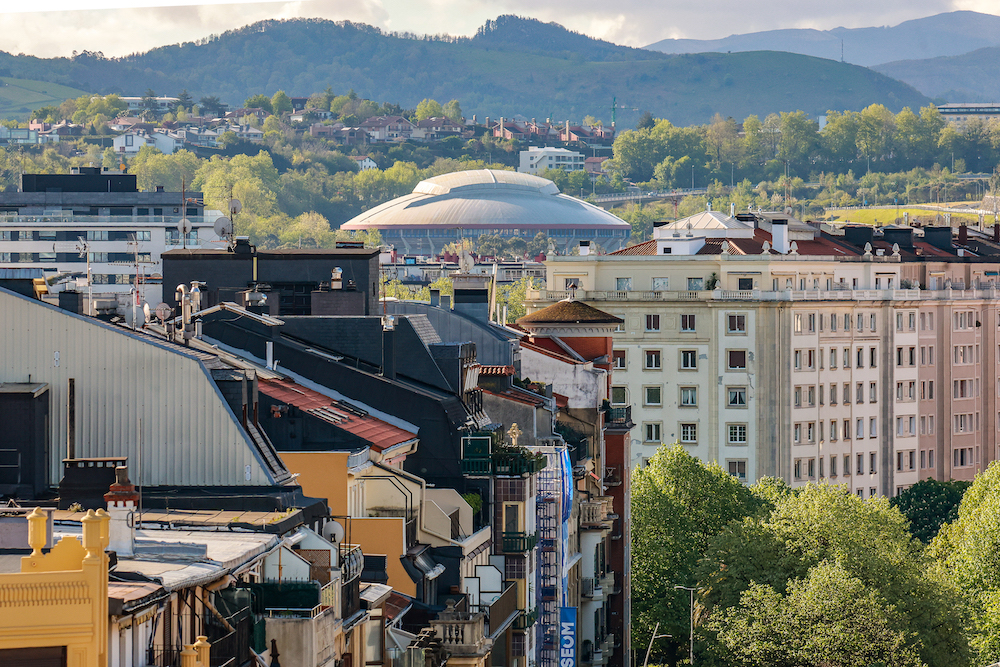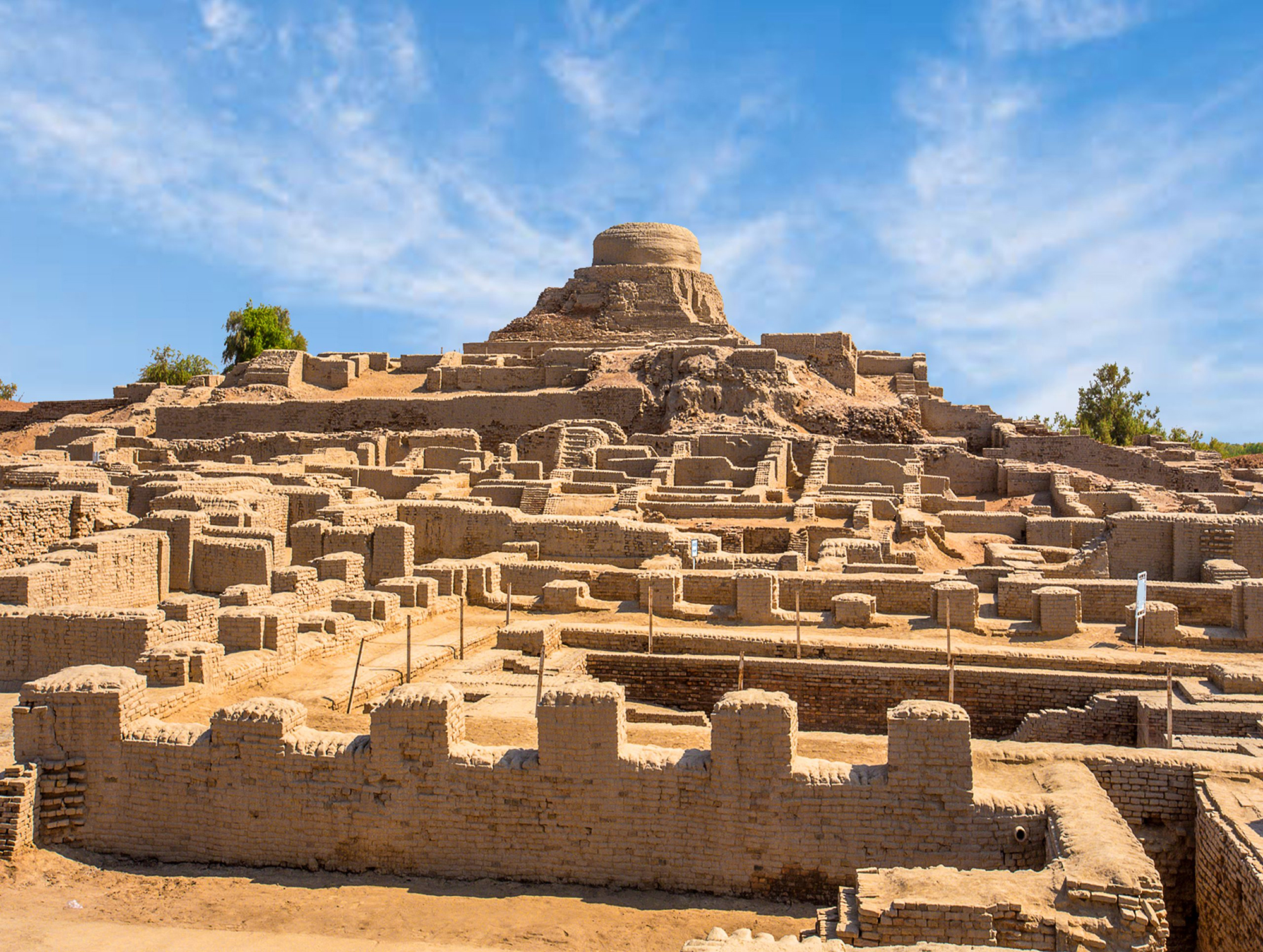From patches to effective measures
- It has become an almost annual tradition: rivers overflow and leave a lot of damage to houses, garages, roads or gardens in the area. No wonder the experts, we have eaten their natural space, we have filled the roads and wetlands of the river, of buildings and infrastructures characteristic of water. Interim and dredging walls do not solve the problem and it is time to take action.
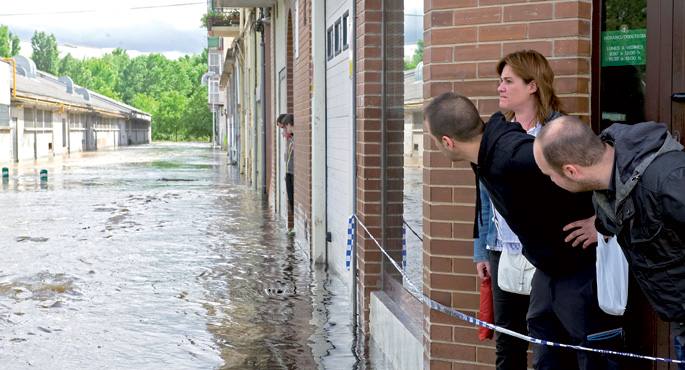
The neighbours have suffered the greatest flow in the region of Pamplona following the overflow of Arga and Ultzama, which forced a man who was surrounded by water and trapped in the tractor to be rescued by helicopter. In Senpere, Ezpeleta and Azkaine there have also been significant damage to the Urdazubi River, which has been completely burned down. Last January, the overflow of the Ribera reached over 2,000 hectares, a decrease of 4.8 per cent. In October 2012 Navarre was also the most punished community and in November 2011 people living in Fadura de Getxo or Txomin Enea de Donostia and Martutene will still be remembered. The zodiak had to be taken aboard several of the last inhabitants of the area. In many villages that were left without electricity, roads were cut, railway services were suspended, the Elorrabi bridge was torn down in Hernani, and two people were killed by the river: A 76-year-old man died in Irun (Gipuzkoa) and a 66-year-old woman in Derio.
These are just a few isolated examples, and the Azti-Tecnalia research center predicts that rains will increase by 10% in the future, which means that flooding will be more frequent in Euskal Herria, due to climate change. We must not forget that the rains and the floods produced by them are a natural phenomenon. “The river ecosystem has its own dynamics and to maintain its natural balance, periodic floods are indispensable phenomena. The flooding limits the growth of vegetation in the rivers and limits the flow,” says Iratxe Garrido Tejedor, a member of the environmental group Eguzki. The problem is that these ecosystems have been transformed, because we've robbed the river of the areas it needs to overflow, building infrastructures. “Some (bridges, fences…) are aimed at limiting the flow of water and others (reservoirs, dams…) want to store the water – Garrido explains. To this must be added the artificialization of the soil, since the land that can absorb water is increasingly scarce”. In the asphalted margins, in addition, the rain reaches the rivers faster.
The occupation of river margins accelerated in the 1950s, and since then we have been transforming and assimilating more and more flood zones. The abrupt orography of the Basque Country has meant that there are few plains, “the wild building of the last two decades has built it on the floodplains of the rivers,” explains Garrido. Roads, parking lots, bridges, houses in wet areas have been built and works have been carried out that have narrowed the flow of rivers. Moreover, the Cambó Law of the Spanish State promoted the drying and occupation of the marshes, claiming that they were sterile areas. The Director of Planning and Works of the Basque Water Agency, José María Sanz de Galdeano, considers that the authorities have evolved very slowly on this issue because they did not know the importance and risks of these ecosystems, but that in recent years they are changing the perspective from management.
In this regard, Sanz de Galdeano recalled that, at present, the Agency can prevent the urban development of a flood area, a philosophy that maintains the CAPV Hydrological Plan and the Sectoral Territorial Plan for the Protection of River Margins. One of the objectives of URA is to avoid construction in areas where turbulence can occur. However, we can also see examples to the contrary. In Hernani, for example, in the Karabel district, where the river overflows, flood rules have been established, but at the same time new homes are being built. In Ondarroa, in the Alleri neighborhood, it was the platform created by the citizenry that managed to paralyze the project of constructing 500 homes in the wetland: The Supreme Court found that the protected marsh cannot be urban land and that the project the administration wanted to carry out was illegal. Iratxe Garrido considers that these urban plans are often in the hands of municipalities and that economic interests prevail: “The regulations that prohibit building in certain areas are quite new and in many cases governments do not comply with them properly; many of the infrastructures and housing that have just been built are illegal.”
Return of the marshes to the river
The first step is not to build more on the river bank, yes, but what to do in the already built areas? Garrido considers that the most appropriate solution is the total emptying of these spaces, but in most cases the degree of artificialization of these places is so high that “it is already impossible to return to the original natural state. However, in some areas, wetlands can be restored, following strategic plans, since it is not enough to return to the rivers the land that has been taken away for years, it is necessary to understand the dynamics of the ecosystems to deal with the problems that may arise in the near future.”
The Basque Water Agency has 30 priority projects, including the transfer of houses and industrial sites, the improvement of pipelines, the creation of parallel channels (to favor the original channel when a large flow of water arrives), or the construction of protective infrastructures when there are no better alternatives. Similar projects are being carried out in Navarra and Iparralde. Sanz de Galdeano has also underlined the importance of prevention, as the forecast and forecast of rainfall is essential to ensure an adequate response. The agency works in coordination with Civil Protection and the UHATE prediction and early warning system (in particular, the Flood Forecasting and Resolution System) has been tested on departures this year. The failure of the forecasts, however, has led to a lack of resources and avoidable damage in Navarre in the recent floods.
What measures are being taken today to deal with floods? One of the main options is to lift walls or barriers, but often it is not the right choice. In rural areas the installation of barriers to water obstruction and the protection of the surrounding fields is widespread, especially in Álava and Navarre. In the event that the wall overpasses or ruptures, the degree of erosion and flow strength increases, damage increases, and in addition, the water that returns to the stream in a few hours will be maintained for days in the campas, as the wall prevents the return to the river. Even when it fails to overcome the obstacle, the water lowers with higher pressure and velocity pressured by the walls and can overflow more strongly later.
Dredging is not a solution
Dredging is another measure that is often taken by city councils. But Sanz de Galdeano explains that the same rivers purify themselves and dredge them alone, and that if we dredge them, in the next wave the river will return to its previous state, as the new sediments will fill the empty space: “This kind of action is therefore absolutely useless and the elimination of vegetation or dredging of the river flows.” Eguzki has criticized that the project of a million euros presented in February by the City of Vitoria-Gasteiz to broaden and clean the Errekaleor and Santo Tomás rivers is an economic waste. According to Garrido, increasing the depth and width of the road through the elimination of natural sediments does not solve anything, destroys biodiversity and produces side effects such as erosion over the areas where the draga runs, canal sinking and irregularities in the bottom, decrease of the water surface (and consequently drying of irrigation wells), loss of stability of the supports of bridges and tailings, etc.
Nevertheless, Garrido added that most interventions are carried out on the riverbanks and it would be advisable to maintain river basins to minimize the effects of flooding, since “when river basins are artificialized the consequences are the same”. Similarly with springs: if not properly conserved, the elements that provide the living waters of the head will accumulate and later, for example, in urban areas, may cause the overflow of the river.
Reservoirs, beneficial or dangerous?
Reservoirs also have a lot to say in all of this. In the case of very small reservoirs, they do not have the capacity to influence the flow. On the contrary, larger reservoirs, such as the Zadorra and Añarbe reservoirs, can reduce river overflow and partially stop it if efficient management is carried out. The solution would be to cut off the water flow through the dam and allow a lower flow to occur in a controlled manner, as the URA member has clarified. “But if the reservoir has a limit and reaches a level that cannot accumulate more water, it would have to free up all the flow that is entering, so if infrastructures have been built in flood areas under the dam, they can become real traps.” If the reservoirs are not able to withstand the rain, the problem that is created can be very serious, hence the importance of the forecasts, so that before the rain begins the dam will empty enough and make room.
Sanz de Galdeano offers an example of good management: in the rains of January and February last year, in the section running through Vitoria-Gasteiz, the Zadorra reached a maximum flow of 125 cubic meters per second and reached a height of 2.90 meters. To achieve this, the management of the reservoirs was essential, otherwise the Zadorra would have reached 375 cubic meters per second and 5.5 meters high, and the damage would probably be much greater. “There are several administrations and institutions involved in the decisions on the management of reservoirs under the coordination of URA. The experience so far has been very good.” They are more critical of the environmental group Eguzki, who considers that the operation of dams, both private and public, is in the hands of private companies, “they are the ones who decide when to open and close the floodgates and the criterion is based on energy demand”.
Finally, bridges play an important role in waves. Any structure that hinders the flow of water is causing the bridge to be wide and high enough for there to be no discomfort, as Sanz de Galdeano explained. “That’s also what we’ve regulated now, but many of the old bridges that are already built are a real problem and is often a protected heritage, because of its historical value.”
Urumea, Cadagua,
Zadorra, Ebro…
We have a lot of black dots in Euskal Herria. The Ebro has left more than a shudder in Navarre – we must also take into account the Bidasoa and the Arga – and in Gipuzkoa, Urumea and Oria are the rivers with the highest risk, not to mention Deba and Urola; in Álava we must especially look at the Zadorra; in Bizkaia, Ibaizabal, Nerbioi (which also affects Cadálava). In general, Eguzki’s member recalls that any river that does not have a flood plain and has a rainy river basin can overflow. In Euskal Herria, as we know, rain often accompanies us and, if we do not take effective measures, we will be able to have unpleasant surprises in the future.
Ibaia dragatzeak ez du balio uholdeak saihesteko, baina naturala ez den edozein trabak ur-emaria oztopatzen du, eta beraz, garrantzitsua da ibaiak gizakion zikinkeriatik garbi mantentzea. Urgarden kolektiboa (urgardenbai.blogspot.com) 2012 hasieran sortu zen; Urumea ibaiaren egoera tamalgarria ikusita, zazpi lagun bildu eta ibaia garbitzeari ekin zioten Hernanin. Ordutik, auzolanean 19 garbiketa egin dituzte dagoeneko Gipuzkoan (Urumea, Oria, Deba, Oiartzun eta Molinaok bustitzen dituzten hainbat eremutan). 10-15 kidek osatzen dute Urgarden, bizpahiru orduko garbiketak antolatzen dituzte eta bakoitzean inguruko herritar boluntarioak batzen dira, 20 eta 55 lagun artean guztira. Kideen esanetan, administrazioak bizkarra eman dio ibaiak garbi mantentzeari, ez du isurien kontrol egokirik egiten, baina ardura eta erantzukizuna herritarrona ere bada.
Denetik aurkitu dute ibaietan: auto zatiak, motoak, bizikleta asko, plastiko pila bat, komunetik behera botatakoak –“izugarria da zenbat konpresa dauden ibaietan”–, hozkailuak, obretako hondakinak, arropa, ume-kotxeak, 150 bat pneumatiko, jostailuak, altzariak, ordenagailu zatiak, irratiak, txatarra, koltxoiak… “Duela gutxi 1,2 tona zabor bildu genituen Oria ibaiko 100 metrotan”. Hain juxtu, Oria ibaia bereziki kutsatuta eta zaborrez betea dagoela nabarmendu dute Urgardenekoek.
1330eko Zangozako uholdeetatik hasita, makina bat aldiz egin du gainezka urak gurean. Data esanguratsuenetatik adibide batzuk hautatu ditugu.
1380, apirilak 15. Bilbon, Galdakaon eta Arrigorriagan nabaritu zuten batez ere. Hiriburuko zubia txikitu zuen urak eta Nerbioi eta Ibaizabal ondoko errotak suntsitu zituen.
1593, irailak 22. Historialariek Uholde Handia izendatu zuten. Itsasontziak, amarrak puskatuta, Bilboko kaleetan barna ibili ziren eta ibaiak San Anton zubiko arkua eta udaletxeko etxeak eraitsi zituen. Herritarrak Begoñako santutegira igo ziren babes bila.
1787, irailak 24-25. Euskal Herrian inoiz jazotako uholderik larriena izan omen zen. Presioak eraginda, Esako harrizko zubia apurtu eta Zangoza hartu zuen urak. Bi metroko altuerara iritsi zen herriko kaleetan, 465 eraikinetatik 428 birrindu zituen eta guztira 556 bizilagun hil ziren (biztanleriaren %18).
1834, ekainak 30. Gipuzkoa mendebaldean sufritu zituzten ondorio larrienak eta 39 herritar hil ziren –gehienak Debabarrena eta Debagoienan–.
1913, ekainak 2. Baztan eta Errobi ibaiaren harana izan ziren kaltetuenak, bereziki Erratzu herria. Hiru hildako utzi zituen Elizondon, bat Bidarrain eta beste bat Itsasun.
1933, ekainak 16. Oiartzun ibaiak Errenteria izan zuen jomuga. Ura 5 metroko altuerara ailegatu zen eta fabrika eta instalazio ugari txikitu zuen. Urrian uholde bortitzagoa jasan zuten eta Oiartzun ibaia behar bezala bideratzeko proiektua agindu zuten; obrak urtetan luzatuko ziren ordea.
1953, urriak 14-15. Truxuak bota zituen ordu gutxian eta Gipuzkoan izan zuen eraginik handiena: 300 litro ur baino gehiago pilatu zen hainbat tokitan eta bizpahiru metroko altuera lortu zuen. 27 pertsona hil ziren, gehienak Zestoan, autobusean harrapatuta. Trenbide, zubi eta tunelak birrindu zituen urak eta horren ondorioz Plazaolako eta Bidasoako trenak behin betiko itxi zituzten.
1983, abuztuak 26-27. Ia Euskal Herri osoari eragin zioten uholdeok, baina Bizkaia izan zen kaltetuena, bereziki Etxebarri eta Galdakao. 28 hildako eta lau desagertu izan ziren Bizkaian, sei hildako Araban eta bost hildako eta lau desagertu Lapurdin. Bilboko Aste Nagusi betean, urak hiru eta lau metroko altuera hartu zuen alde zaharrean eta triskantza eragin zuen hainbat auzotan; etxe ugari erabat deseginda geratu ziren. Euriak 6.000 hektarea hartu eta 1.500 milioi tona ur bota zituen. Kostaldeko herri ugari inkomunikaturik geratu ziren, azpiegitura asko birrinduta, eta 200.000 milioi pezetako kalte ekonomikoa eragin zuten uraldiek. Ehun udalerri baino gehiago hondamen eremu izendatu zituzten Euskal Herrian. Uholdeei aurre egin nahian, Deustuko kanala zabaltzea erabaki zuten Bilbon.
1988, uztailak 19. Deba bailara (bereziki Elgoibar) eta Arabako hainbat zonalde eraso zituen. 16 hildako utzi zituen.
They hadn't seen each other for years. They didn't meet each other on the street. Looking at the situation from the outside, they seemed to be just two acquaintances. Behind them, far behind, are those intense years of early youth, where they were friends of the same gang. Where... [+]
The Indus Valley, about 5,000 years ago. The city of Mohenjo-Daro had about 35,000 inhabitants and, according to recent PNAS publication, had a very low Gini coefficient of 0.22 – a coefficient that measures the economic inequality of societies through the degree of... [+]
Aste Santuan Berriozarren egindako topaketetatik egun gutxira bildu gara Gasteizko Sorturen bulegoan. Hango kontuez jardun dugu apur bat, baina batez ere gaur egun euskal gizartean dantzan diren gaiez aritu gara, Ernaik horien gainean duen iritzian sakontzeko asmotan. Amaiur... [+]















